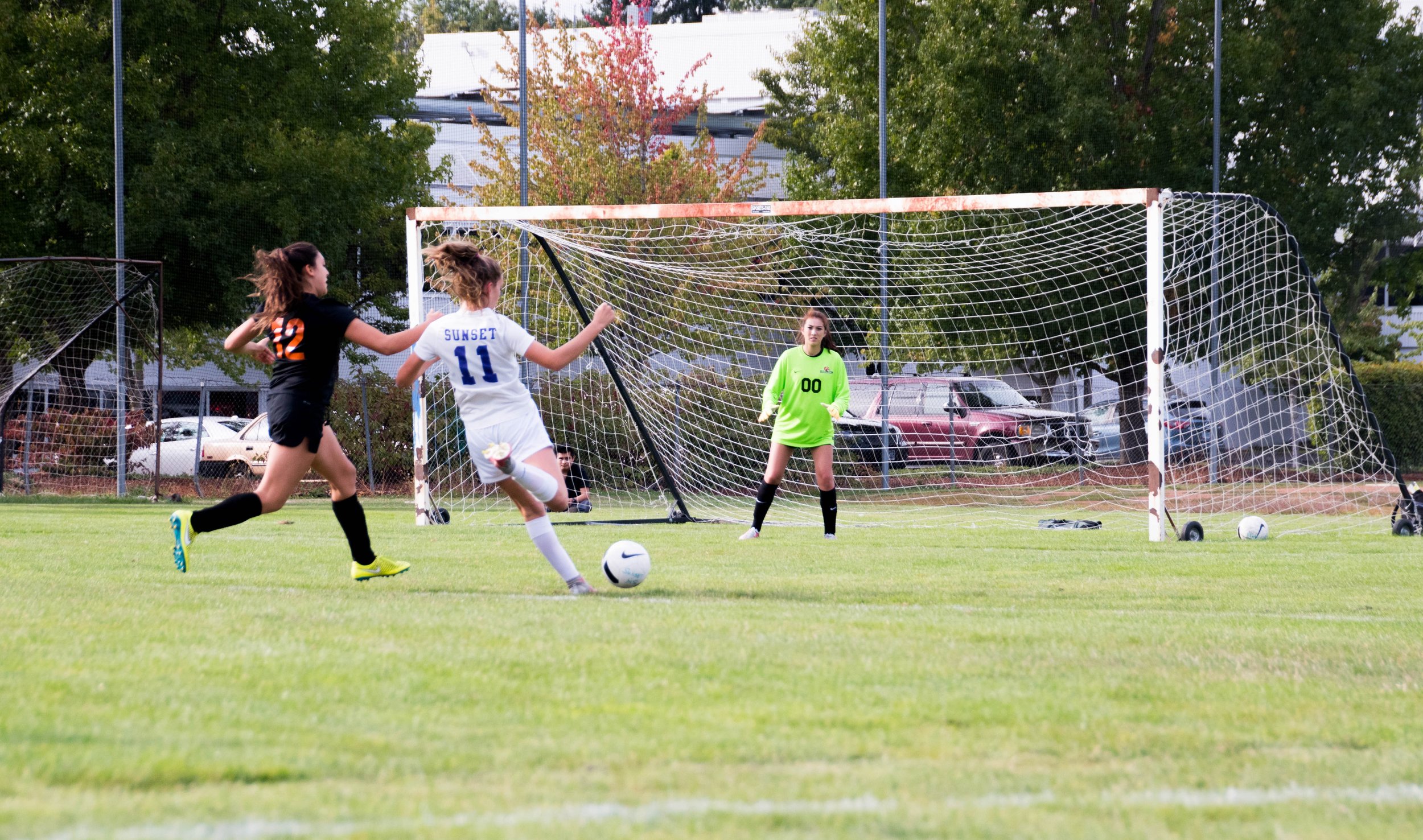If you've recently injured your ACL, you may have experienced a pop or snap at the time of the injury, or you may have felt pain immediately.
Some people don't feel any pain initially but notice that their knee feels "off."
In the hours and days following the injury, it is common to experience swelling around the knee, instability, and difficulty controlling the movement of the knee.
It is also possible to have additional injuries to the meniscus or cartilage in the knee.
If you have injured your ACL, it is important to seek medical attention to properly diagnose and treat the injury.





